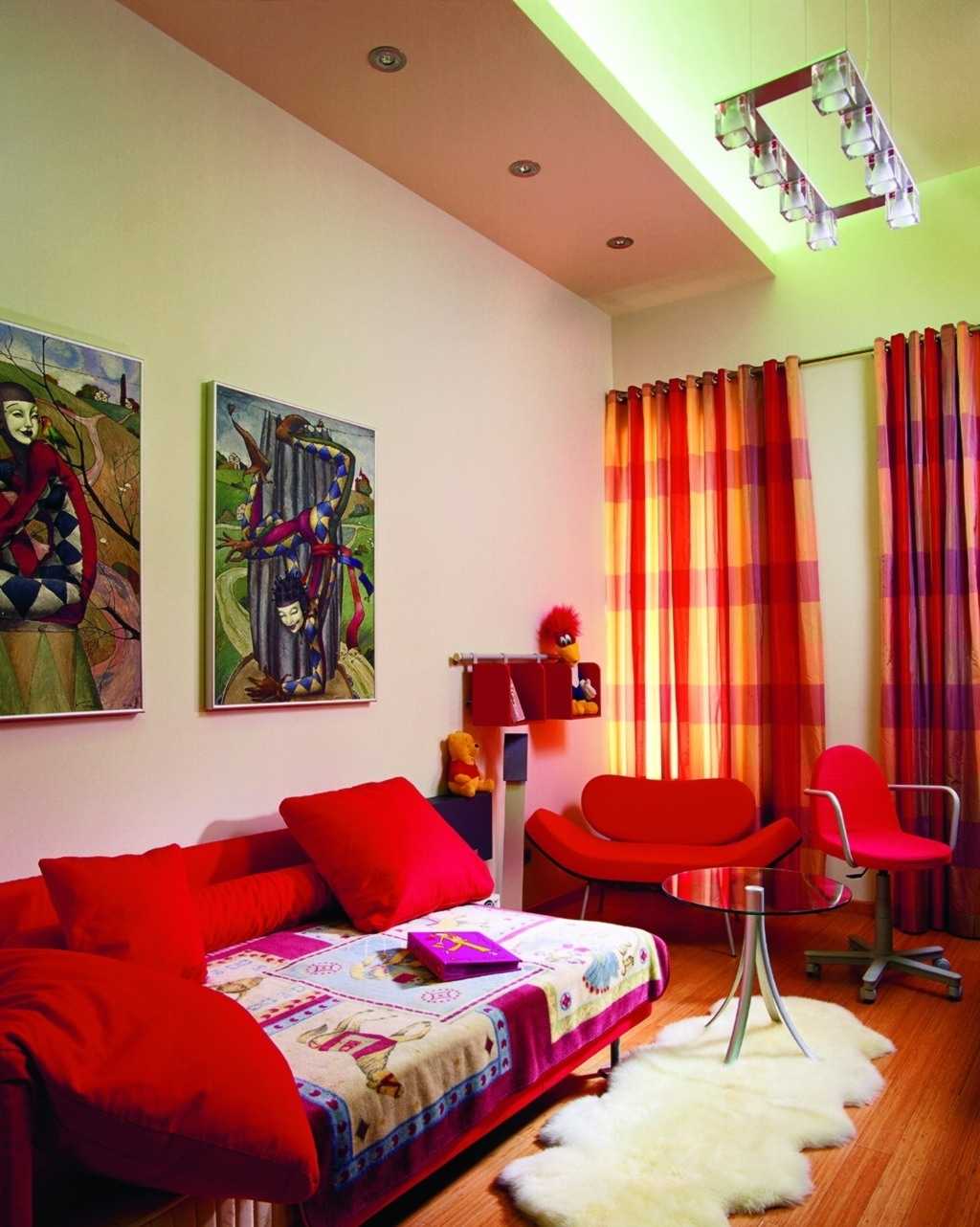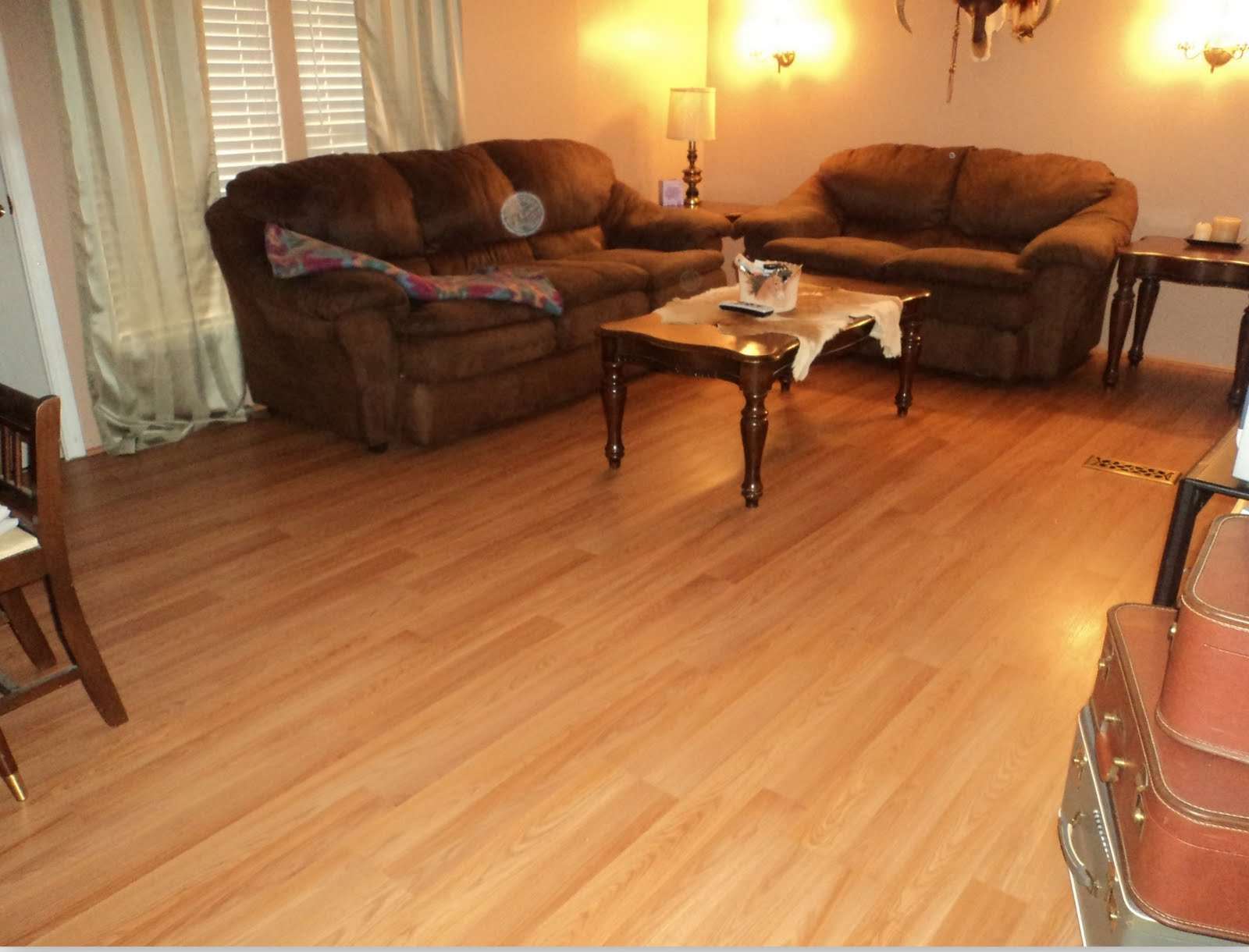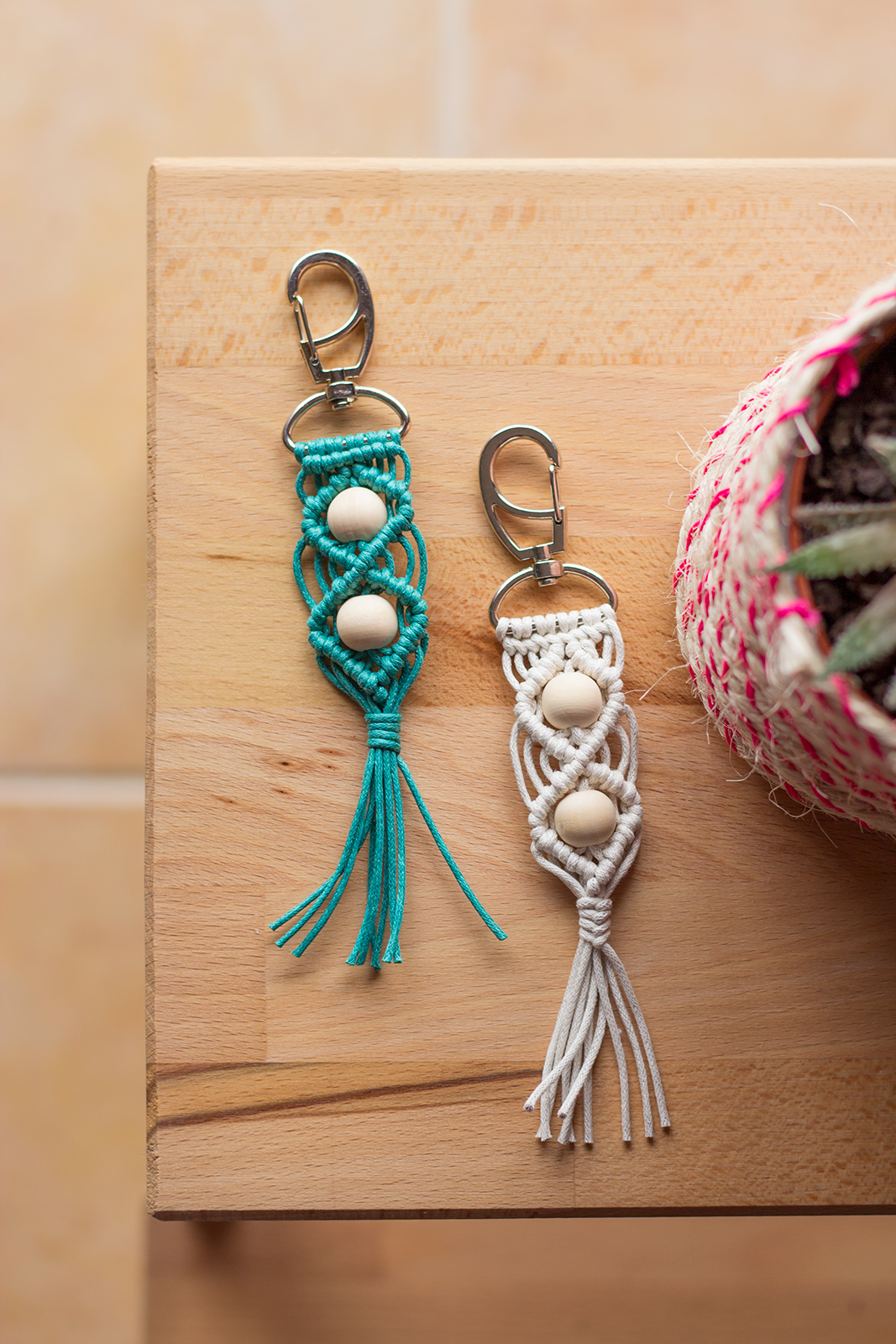Painting your living room floor can be a budget-friendly and creative way to update your space. Not only does it add a pop of color and personality, but it can also cover up any imperfections or stains on your floor. However, it can also be a daunting task if you don't have the right information and tools. Don't worry, we've got you covered! In this article, we will share 10 essential tips for painting your living room floor to help you achieve a stunning and professional-looking result.Painting a Living Room Floor: 10 Tips for a Beautiful DIY Project
The first decision you have to make is whether to tackle this project yourself or hire a professional. While hiring a professional can save you time and ensure a flawless finish, it can be costly. On the other hand, taking on the project yourself can be a fun and rewarding experience, but it requires time, effort, and the right tools. Consider your budget, time, and skill level before making a decision.DIY or Hire a Professional?
The color and design you choose for your living room floor can make a huge impact on the overall look and feel of the room. You can opt for a bold and bright color to make a statement or go for a neutral shade for a more classic and timeless look. You can also get creative with patterns and designs using stencils or freehand techniques. Just make sure to consider the existing colors and decor in your living room to ensure a cohesive and harmonious look.Choose the Right Color and Design
Before starting the project, make sure you have all the necessary materials and supplies. These include paint, primer, painter's tape, paintbrushes, rollers, drop cloths, and sandpaper. It's essential to choose high-quality materials and tools to achieve a professional-looking finish. You can find these supplies at your local hardware store or online.Gather Your Materials and Supplies
Preparing the floor is crucial for a successful painting project. Start by removing all furniture and decor from the room. Next, clean your floor thoroughly to remove any dust, dirt, or debris. If your floor has any imperfections, use sandpaper to smooth them out. You can also fill any cracks or holes with wood filler and sand them down. Finally, use painter's tape to protect your walls and baseboards from paint splatters.Prep the Floor
Priming the floor is an essential step that should not be skipped. It helps the paint adhere better and creates a smooth and even base for the topcoat. Make sure to choose a primer that is specifically formulated for the type of floor you have. Apply the primer with a roller or brush and let it dry completely before moving on to the next step.Prime the Floor
Now it's time for the fun part - painting! Use a high-quality paint that is suitable for your floor type. You can choose a paintbrush for more precise areas and a roller for larger sections. Start painting from the farthest corner of the room and work your way towards the door. Apply thin and even coats, and let each coat dry completely before applying the next one. You may need to apply multiple coats depending on the color and type of paint you choose.Apply the Paint
While painting your living room floor can be a satisfying and enjoyable project, it's essential to avoid common mistakes that can ruin your hard work. Some mistakes to avoid include not prepping the floor properly, using low-quality materials, not letting the paint dry completely between coats, and using the wrong type of paint for your floor. Be patient and take your time, and you'll achieve a beautiful result.Avoid Common Mistakes
It's always exciting to see the before and after transformation of a project. After completing all the steps and letting the paint dry completely, remove the painter's tape and see your newly painted living room floor. You'll be amazed at how much of a difference it makes in the overall look and feel of your space. Take some pictures and share your beautiful work with your friends and family.See the Transformation
If you're not confident in your DIY skills or simply don't have the time to take on this project, you can always consider hiring a professional. They have the expertise, experience, and tools to ensure a flawless and long-lasting finish. You can also consult with them for color and design ideas and get a quote for the project.Consider Professional Services
Painting a living room floor can be a fun and rewarding DIY project that can transform your space. By following these 10 tips, you can achieve a beautiful and professional-looking result without breaking the bank. Remember to choose the right color and design, gather all necessary materials, prep the floor properly, and avoid common mistakes. And don't forget to enjoy the process and admire the final result of your hard work!Final Thoughts
Additional Benefits of Painting a Living Room Floor

Increased Durability
 One of the main benefits of painting a living room floor is the increased durability it provides. By adding a fresh coat of paint, you can protect your floor from scratches, scuffs, and stains. This is especially useful for high-traffic areas such as the living room, where spills and foot traffic are common. Additionally, if you have pets or children, painting your living room floor can help to withstand their energetic play and prevent damage to your flooring. With proper maintenance, a painted floor can last for many years, making it a cost-effective choice for homeowners.
One of the main benefits of painting a living room floor is the increased durability it provides. By adding a fresh coat of paint, you can protect your floor from scratches, scuffs, and stains. This is especially useful for high-traffic areas such as the living room, where spills and foot traffic are common. Additionally, if you have pets or children, painting your living room floor can help to withstand their energetic play and prevent damage to your flooring. With proper maintenance, a painted floor can last for many years, making it a cost-effective choice for homeowners.
Enhanced Aesthetics
 A painted living room floor can completely transform the look and feel of your space. With a wide variety of colors and finishes to choose from, you can create a unique and personalized design that reflects your style and personality. Whether you prefer a modern, sleek look or a more rustic, cozy feel, there is a paint option to suit your taste. Plus, painting your living room floor allows for more creative freedom than traditional flooring options, such as carpet or hardwood. You can experiment with patterns, stencils, or even create a faux rug effect to add a touch of visual interest to your space.
A painted living room floor can completely transform the look and feel of your space. With a wide variety of colors and finishes to choose from, you can create a unique and personalized design that reflects your style and personality. Whether you prefer a modern, sleek look or a more rustic, cozy feel, there is a paint option to suit your taste. Plus, painting your living room floor allows for more creative freedom than traditional flooring options, such as carpet or hardwood. You can experiment with patterns, stencils, or even create a faux rug effect to add a touch of visual interest to your space.
Easy Maintenance
 Compared to other flooring options, a painted living room floor is relatively low maintenance. Regular sweeping and mopping are all it takes to keep your floor looking clean and fresh. Additionally, if any scratches or scuffs do occur, you can easily touch up the paint to restore its appearance. This is much more convenient and cost-effective than having to replace an entire carpet or hardwood floor. By investing in a painted living room floor, you can save time and money on maintenance in the long run.
In conclusion,
painting a living room floor not only adds a stylish and personalized touch to your space but also offers practical benefits, such as increased durability and easy maintenance. With the wide range of colors and finishes available, you can create a unique and inviting living room that will impress your guests and make you feel at home. So why wait? Grab your paintbrush and start transforming your living room floor today.
Compared to other flooring options, a painted living room floor is relatively low maintenance. Regular sweeping and mopping are all it takes to keep your floor looking clean and fresh. Additionally, if any scratches or scuffs do occur, you can easily touch up the paint to restore its appearance. This is much more convenient and cost-effective than having to replace an entire carpet or hardwood floor. By investing in a painted living room floor, you can save time and money on maintenance in the long run.
In conclusion,
painting a living room floor not only adds a stylish and personalized touch to your space but also offers practical benefits, such as increased durability and easy maintenance. With the wide range of colors and finishes available, you can create a unique and inviting living room that will impress your guests and make you feel at home. So why wait? Grab your paintbrush and start transforming your living room floor today.







.jpg)






:max_bytes(150000):strip_icc()/Chuck-Schmidt-Getty-Images-56a5ae785f9b58b7d0ddfaf8.jpg)



















/Epoxy-DIY-Countertops-Via-Smallspaces.about.com-56d33a003df78cfb37d23f47.jpg)



































































